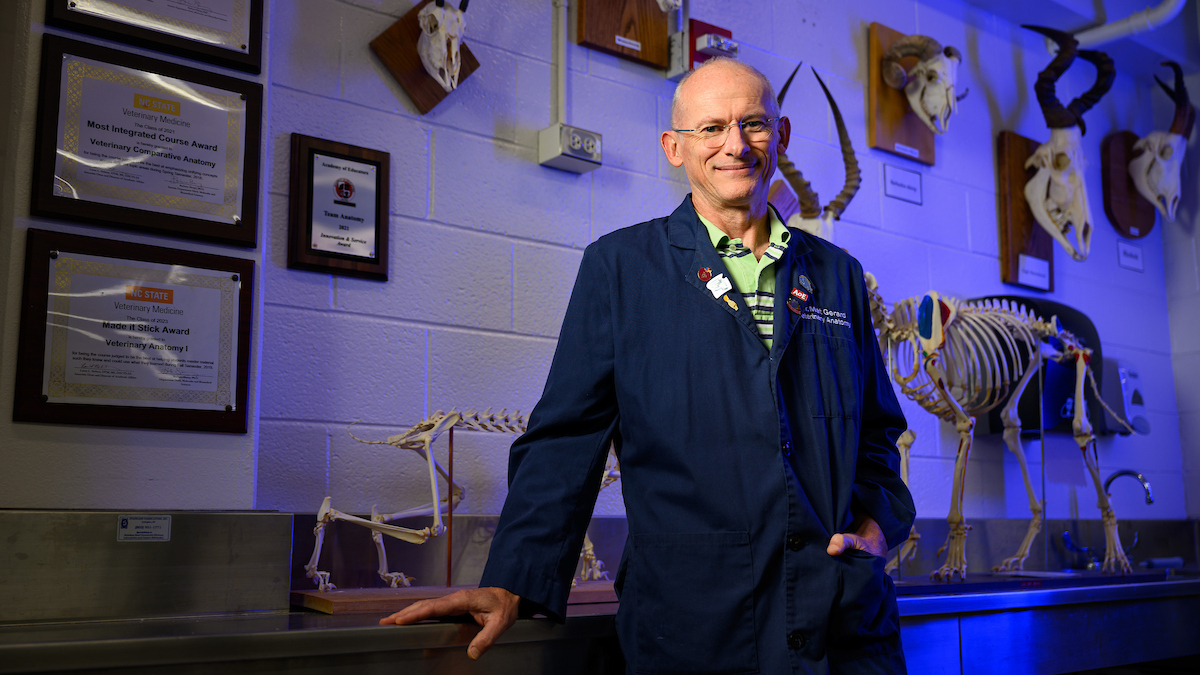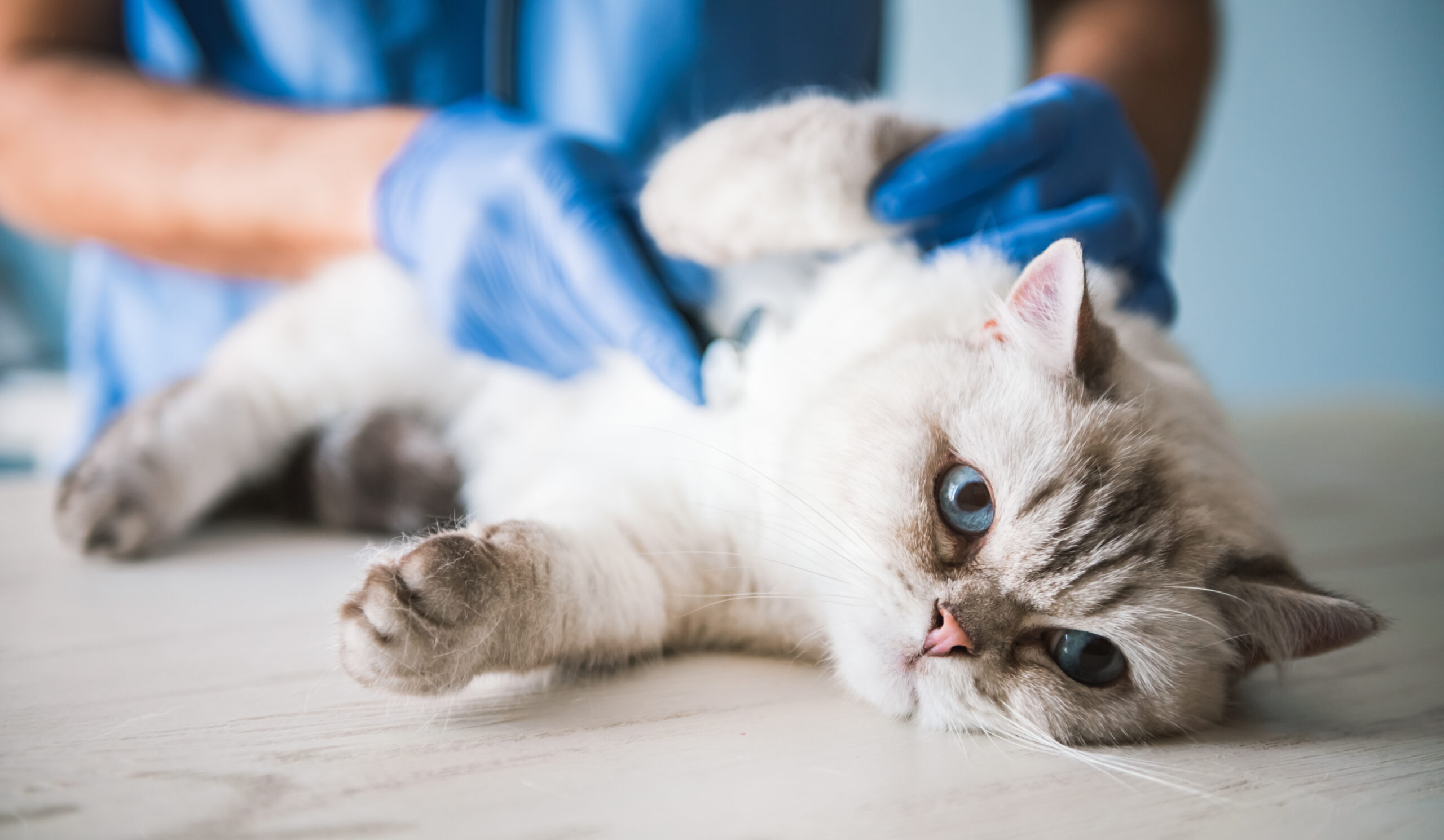In Malawi, NC State Extends its Global Reach in Antimicrobial Resistance Fight
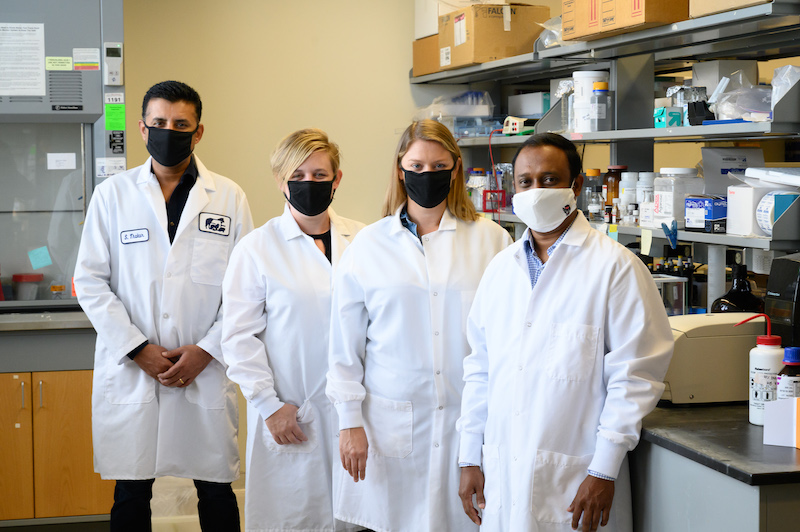
The map tells the story.
There’s America — 50 states, 330 million people. Different colors on the map indicate levels of antibiotic use in humans and animals, and the United States, like many of the other countries, is dark to indicate heavy use.
Across an ocean is Africa — 54 countries, 1.2 billion people. On the map, most of the continent is colored gray. That doesn’t mean antibiotic use is low. It means there is no information about antibiotic use at all.
Whenever Sid Thakur is asked about disparities in the global fight against antimicrobial resistance, he remembers this one map he once saw in a research paper.
In antimicrobial resistance, it’s the unknown that’s most dangerous.
“You have these big countries where antibiotics are clearly being used without prescription or regulation, and we do not know exactly what it’s doing to humans, animals and the environment,” says Thakur, director of global health at the NC State College of Veterinary Medicine and NC State University. “That creates these hotspots of emergence of new, progressive genes in pathogens that are not impacted by life-saving antibiotics.”
As part of a new research collaboration, the CVM aims to fill these gaps of knowledge to help stem the rising tide of resistance to antimicrobials around the world.
Thakur is the CVM’s lead investigator of a project based in Malawi to establish effective antimicrobial resistance identification protocols, train researchers and institute effective surveillance systems in southeast Africa.
A $4.5 million grant from the United Kingdom’s Fleming Fund was recently awarded to the University of North Carolina at Chapel Hill’s Project-Malawi to establish in-country human and animal health laboratories capable of systematic AMR surveillance.
The CVM is leading the animal sector aspect of the project, filling in the blanks about use of antimicrobials within Malawi’s growing agribusiness of private farms and public marketplaces.

Work in Malawi slated to begin earlier this year has been delayed by the COVID-19 pandemic. The current project is funded through August 2021.
Developing such protocols are especially important in countries such as Malawi where there is often no regulation of antimicrobials and little money spent on uniform health protocols for animals and people.
UNC Project-Malawi has spent more than 20 years addressing pressing human health issues in the country that’s about the size of North Carolina but has 8 million more people.
For its part of the project, the CVM is partnering with the Lilongwe University of Agriculture and Natural Resources (LUANAR/NRC) in Malawi’s capital. In the country, UNC partners include the Malawian Ministry of health and the Kamuzu Central Hospital in Lilongwe under the UNC-founded Lilongwe Medical Relief Fund Trust (LMRFT).
The project, the first of its kind in Malawi, also marks the first time UNC Project-Malawi has joined forces with the CVM on global health work.
“Antimicrobial resistance surveillance in Malawi is nonexistent; there’s one main veterinary lab in the capital,” says Irving Hoffman, a professor of infectious diseases at UNC-Chapel Hill and the United States director of UNC Project-Malawi. “It’s really starting from the bottom up to create standard operating procedures. And when there’s an animal component to a project, we go to NC State.”
The World’s Health at Stake
The work in Malawi reflects the CVM’s status as a leader in antimicrobial resistance surveillance and its dedication to making tangible progress as the world fights back against the looming AMR threat.
Thakur’s molecular epidemiology lab at the CVM is home to two national monitoring systems that recently received more funding: GenomeTrakr, which maps genetic fingerprints of pathogens and catalogs them in a sharable worldwide database, and NARMS, the National Antimicrobial Resistance Monitoring System for Enteric Bacteria, which tracks emerging bacterial resistance in retail meats, food animals and ill people in the United States.
And in the past few years, the CVM’s global health program has been at the forefront of changing the worldwide antimicrobial resistance game. Researchers from countries such as Nigeria, India, Brazil and Ukraine have come to the CVM to receive training on antimicrobial resistance surveillance, and when they’ve returned home, they’ve brought back effective approaches to integrate.
Earlier this year, the CVM’s Department of Population Health and Pathobiology, led by Paula Cray, was designated a World Health Organization (WHO) collaborating center to combat antimicrobial resistance worldwide, one of 18 centers worldwide focused on AMR.
In its capacity as a collaborating center and in addition to faculty and staff research, the CVM is working on using artificial intelligence to collect antimicrobial resistance data to predict areas most likely to be impacted by resistant microorganisms, often dubbed “superbugs.”
“Antimicrobial resistance surveillance in Malawi is nonexistent; there’s one main veterinary lab in the capital. It’s really starting from the bottom up to create standard operating procedures. And when there’s an animal component to a project, we go to NC State.” — Irving Hoffman, U.S. director of UNC Project-Malawi
Around the world, antimicrobial-resistant strains of bacteria found in chicken and pork commonly cause foodborne illnesses. According to WHO, in 2016 nearly 500,000 people around the world developed multi-drug resistant forms of tuberculosis. Resistance to drugs is hampering efforts to control HIV and malaria, which UNC Project-Malawi has spent two decades combating.
By 2050, it’s estimated that deaths related to antimicrobial resistance will hit 10 million, higher than the 8.2 million deaths today caused by cancer.
Part of the complexity of the problem: Resistance can occur through natural genetic changes, through exposure to certain antimicrobials and can also be spontaneous or acquired.
“What COVID-19 has shown us is that pathogens don’t respect international boundaries,” says Thakur. “And it’s the same case with AMR genes.”
A Team Effort
Stopping the advance requires a strategic battle plan. The CVM combines the broad approach of harmonized surveillance training with focused looks at specific strains impacting animals and people in countries in unique ways.
Student engagement is a long-term goal. As part of the project, Andy Stringer, assistant professor of veterinary global and public health, will develop antimicrobial stewardship in the curricula for a diploma in animal health and bachelor of veterinary medicine under LUANAR.
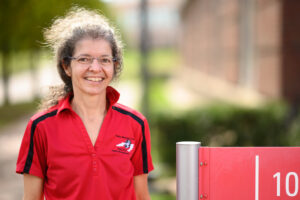
Rocio Crespo, CVM professor of poultry health management, is a member of the CVM Malawi project team because of the growth of the poultry industry in the country. In addition to writing protocols, she will train Malawians on collection of field samples, how to ship samples to labs and assist with bacterial isolation and identification.
“Completely removing antimicrobial resistance from a population is a difficult task,” says Crespo. “What’s so important is educating individuals and providing tools to better take care of the animals. We need to make sure that farmers use better management practices to prevent infectious disease rather than rely on antimicrobials or other chemicals.”
As a collaborating center, the CVM is especially interested in E. coli strains that produce extended-spectrum beta lactamase (ESBL) enzymes which provide pathogenic resistance against such common medicines as penicillin.
A paper recently published in the Journal of Clinical Microbiology with co-authors including Cray and the CVM’s Megan Jacob and Shivaramu Keelara, outlined a new protocol screening protocol for ESBL-producing E. coli to be used in a global surveillance program guided by WHO and is a template of sorts for the type of work the CVM is doing in Malawi. Cray and Keelara are also part of the CVM’s Malawi team.
“This is so much bigger than us putting out a research publication or obtaining a grant,” says Jacob,” says Jacob, associate professor of clinical microbiology and director of Diagnostic Laboratories at the CVM. “Those have value. But what we’re ultimately creating is something that people can use across the globe to contribute data where we haven’t had it before so we can all make better decisions. That’s really powerful and humbling to be associated with.”
Prior to CVM’s involving in the Malawi project, Jacob and Keelara worked closely together to develop surveillance protocols for countries that need it the most — lower-to-middle income nations without regulations guiding judicious use of antimicrobials, often without any form of surveillance or refined knowledge about how to effectively identify pathogens in a laboratory.
The goal has been to optimize the protocols to make them cost-effective, easy to understand and uniform. Jacob and Keelara studied available equipment and indicators used to uncover AMR in samples and developed protocols that were easy to teach and researchers in countries could easily obtain. Malawi project management and protocol development are being coordinated by Greer Arthur and Lyndy Harden.
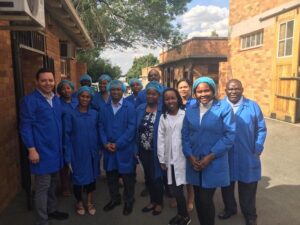
Through various workshops, Keelara and Jacob have trained scientists from more than 20 countries, including Senegal, India, Pakistan, Nepal, Sri Lanka, Ghana and Malaysia. Those scientists then go to their country’s health ministry to start implementing the protocol and identity laboratories and sites for sample collection.
“The project will establish a baseline for future studies and each country can develop their plan of action,” says Keelara, a research assistant professor in the CVM’s Department of Population Health and Pathobiology. “It’s not a one- or two-year project. Bacteria are intelligent. They were here before human existence. They’re fighting. They’re adjusting.
“It’s not going to just stop suddenly at one point. We need to have a constant effort in combating these issues right now.”
To Thakur, the effort not only continues with the Malawi project — it roars forward.
“We are going to get a good picture of what is going on across the world,” says Thakur. “And then we will come up with solutions.”
~Jordan Bartel/NC State Veterinary Medicine

